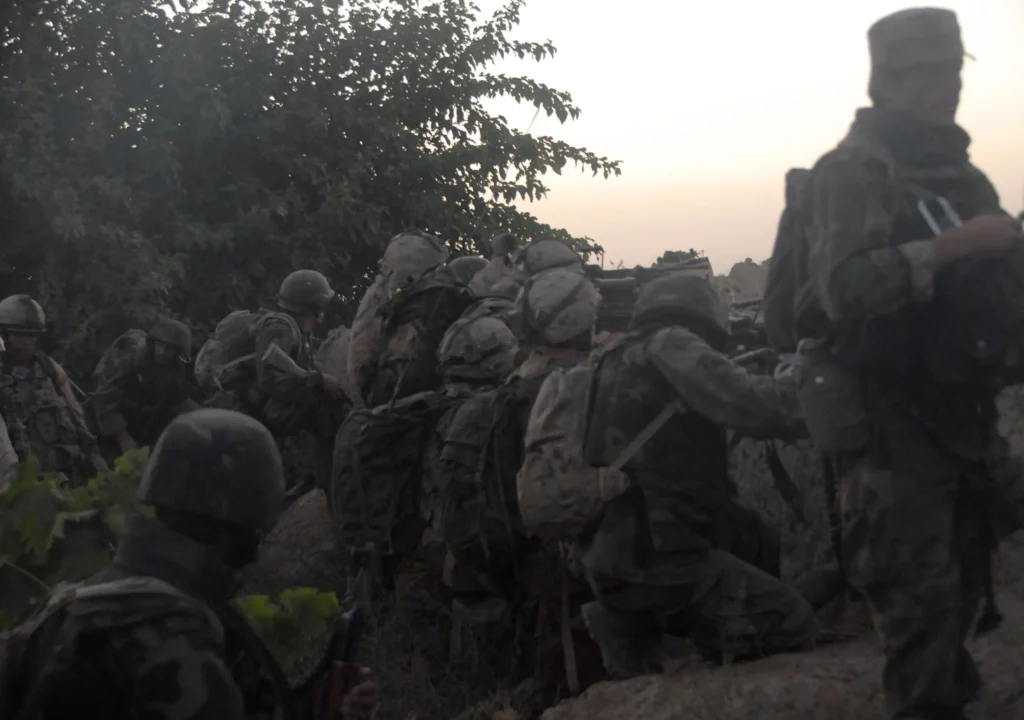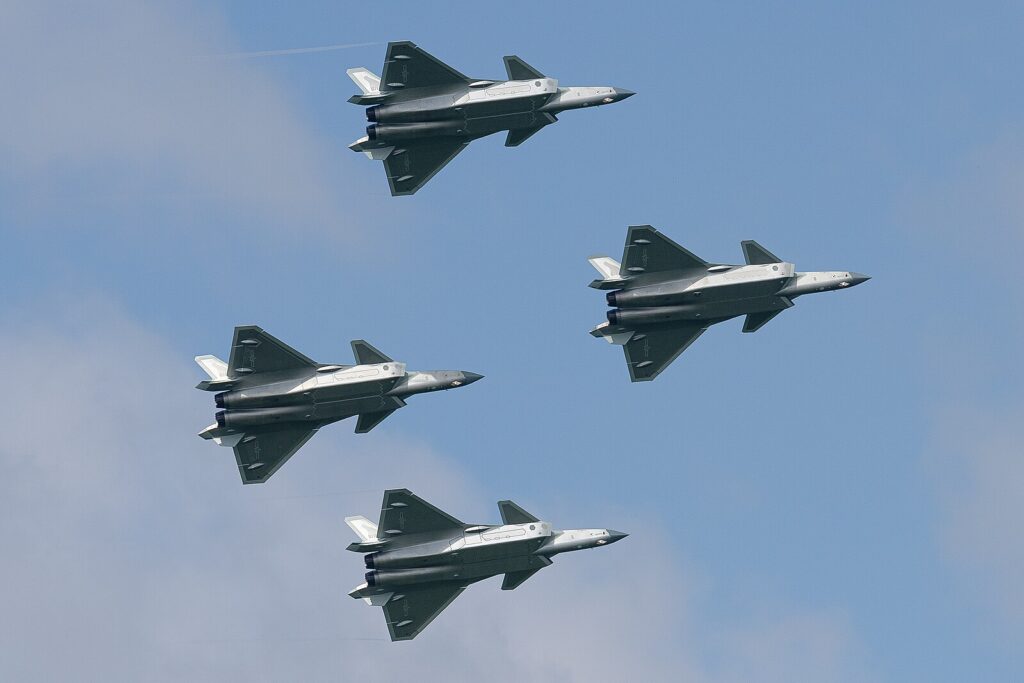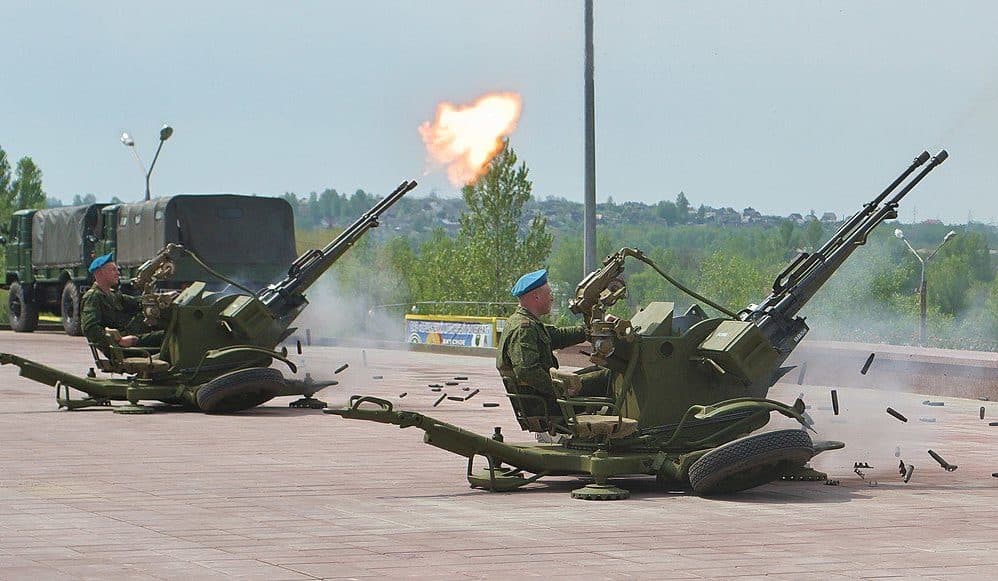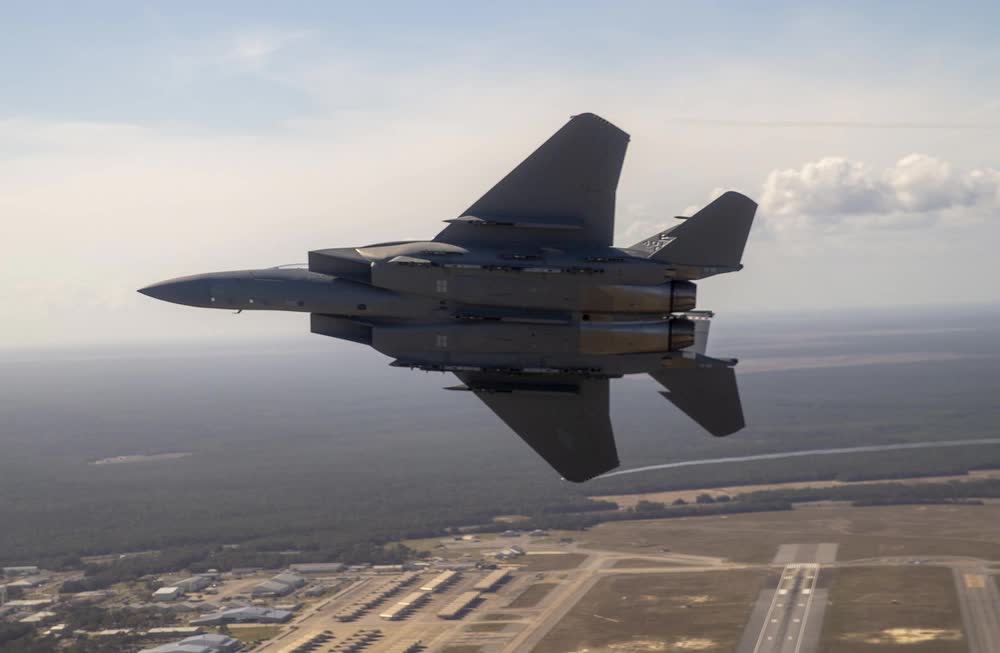Operation Medusa: The Battle of Panjwaii
- By We Are the Mighty
Share This Article

The Battle of Panjwaii in Afghanistan symbolizes a unique collaboration between Canadian and Afghan forces to dislodge the Taliban from a critical area. The Taliban utilized Panjwaii’s landscape in the Kandahar Province as cover, turning the terrain into a central battleground. International cooperation, detailed recon, and intel collection played vital roles in preparing coalition forces for the strategic engagement. Asset alignment further ensured that the forces were ready for the challenge ahead.
Operation Medusa: A multinational effort
In the summer of 2006, Operation Medusa was launched with the purpose of dislodging the Taliban from their stronghold in the Panjwaii district of the Kandahar province. One of the most significant ground offensives during the Afghan conflict, the operation stood out for its intense fighting and strategic planning. The coalition forces prepared thoroughly for a multifaceted battle through a detailed planning process that involved intelligence-gathering, terrain analysis, and strategizing.
This operation underscored the cooperative spirit of the global fight against insurgency, involving Canadian, Afghan, British, Dutch, and American forces. Each contributing nation played a specific role, with Canada taking the lead.
Led by the 1st Battalion, Royal Canadian Regiment Battle Group, Canadian forces were at the forefront of the operation. They led the charge in providing essential ground troops, leadership, and tactical expertise. The Afghan National Army played a crucial part in supporting the mission, providing local knowledge, and building connections with the local populace.

Various elements of the International Security Assistance Force, including British, Dutch, and American units, augmented the Panjwaii mission. Their support ranged from air assistance to special forces engagement. The U.S. Army’s 10th Mountain Division played a significant role. In particular, A Company, 2nd Battalion, 4th Infantry Regiment, and the 1st Battalion, 3rd Special Forces Group (Airborne) made significant contributions. Their efforts included direct combat and logistical support.
Related: Music and war: 4 songs that forever bring me back to Afghanistan
The clash
As the battle began, coalition forces met intense resistance from entrenched Taliban fighters. The terrain, filled with lush grape fields and mud-walled compounds, was the stage for brutal combat. Canadian and Afghan forces spearheaded the assault. Together, they utilized infantry, armored vehicles, and air support against the Taliban’s guerrilla tactics. This resulted in a relentless struggle marked by IEDs and sniper fire.
The Taliban’s intimate knowledge of the land, tunnel networks, and fortified positions posed an enormous challenge. The ensuing battle involved a tactical dance of offense and defense, utilizing air support, armored vehicles, and infantry.
Challenges like weather conditions, limited resources, and psychological toll were overcome by relentless engagement and systematic dismantling of Taliban defenses embedded at Panjwaii. The local population’s desire for liberation further supported these efforts.
Related: What is OPFOR and why is it among the most fun and valuable things to do in the military?
Victory at a cost
The battle was victorious but costly. The temporary clearing of Taliban forces laid the groundwork for further operations, with lessons learned shaping military doctrine. For both Canada and Afghanistan, the battle represents commitment, control, and stability, symbolizing a shared pursuit of peace, justice, and human dignity, transcending mere military victory.
Despite Operation Medusa’s tactical success, the loss of 12 Canadian soldiers and 14 British military personnel highlighted the operation’s complexities. The Taliban’s resilience remained unshaken, setting the stage for Operation Falcon Summit and marking a tumultuous, ongoing struggle.
The Battle of Panjwaii stands as a testament to Canada’s commitment and Afghanistan’s ongoing struggle for control and stability. Despite the tactical victory, the Taliban’s resilience endured, setting the stage for subsequent operations and marking a defining moment in the war. Tragedies, including the loss of Canadian soldiers and a plane crash claiming British lives, added complexity to the conflict’s landscape, extending beyond the battlefield.
This article by Jessica Evans was originally published by We Are the Mighty.
Read more from Sandboxx News
- As Russian casualties increase, Moscow is offering big pay to attract new troops
- The birth of stealth: How defeating radar became the way of war
- This is what it takes to become a legendary Marine Raider
- What exactly is MARSOC, the Marines’ elite special operations component?
- The history of MARSOC is the history of the Marine Raiders
Related Posts
Sandboxx News Merch
-

‘AirPower’ Classic Hoodie
$46.00 – $48.00 Select options This product has multiple variants. The options may be chosen on the product page -

‘Sandboxx News’ Trucker Cap
$27.00 Select options This product has multiple variants. The options may be chosen on the product page -

‘Kinetic Diplomacy’ Bumper Sticker (Black)
$8.00 Add to cart
We Are the Mighty
Related to: Military History

A CIA officer’s 5 favorite spies from TV and movies

China could stop US airpower from achieving air superiority in the first island chain, top commander says

A Green Beret remembers his favorite foreign weapons

Why the F-15 couldn’t become a stealth aircraft – and why it doesn’t matter
Sandboxx News
-

‘Sandboxx News’ Trucker Cap
$27.00 Select options This product has multiple variants. The options may be chosen on the product page -

‘AirPower’ Classic Hoodie
$46.00 – $48.00 Select options This product has multiple variants. The options may be chosen on the product page -

‘AirPower’ Golf Rope Hat
$31.00 Select options This product has multiple variants. The options may be chosen on the product page -

‘Sandboxx News’ Dad Hat
$27.00 Select options This product has multiple variants. The options may be chosen on the product page
